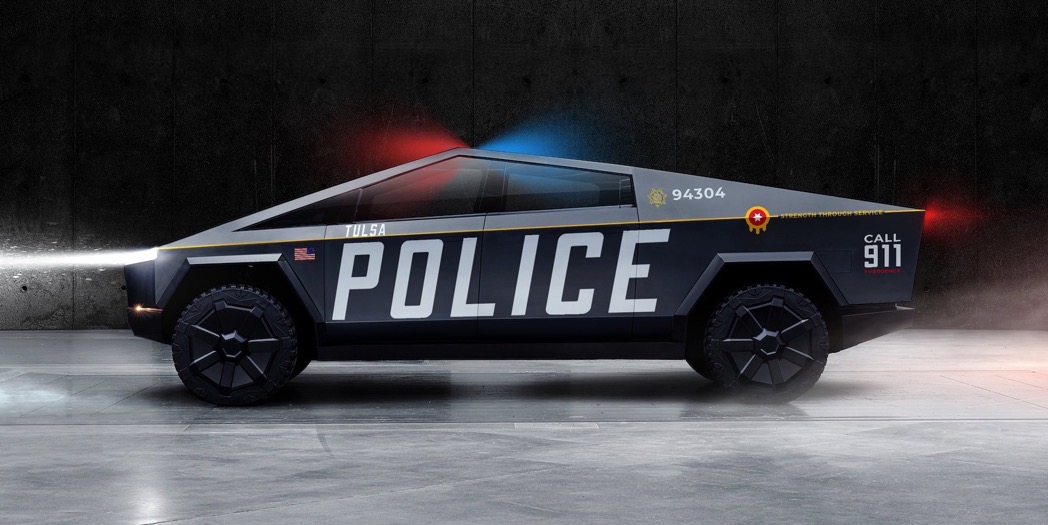South Pasadena Police Department’s Game-Changing Use of Teslas
The South Pasadena Police Department has made a pioneering decision to integrate Tesla vehicles into its fleet, highlighting a transformation in the approach to police vehicle selection. This has prompted a discussion about the broader implications of such a choice for public services across the globe.
Revolutionizing Police Fleets: The Case for Tesla
Traditionally, police departments have relied on tried-and-tested brands for their fleets, prioritizing durability and performance. However, the South Pasadena Police Department’s move to adopt Tesla vehicles showcases a shift in paradigm—one that could set a precedent for other forces to follow. According to the department, the move was not merely out of the desire to innovate but came down to practicality and cost-efficiency.
Cost-Effectiveness and Performance
One of the standout points in favour of Tesla vehicles is their lower maintenance costs. According to social media sources, the administrative fleet of Teslas experienced zero maintenance issues during their first year of deployment. This is a critical consideration for public services operating under tight budgets. The reduced need for servicing and repairs translates into significant savings, which can be redirected towards other essential community services.
Environmental Benefits and Sustainability
Another compelling reason for adopting Teslas is their contribution to sustainability. As electric vehicles, Teslas produce zero emissions, aligning with global trends aimed at reducing carbon footprints. This aspect is particularly relevant for governmental and public service organisations striving to meet environmental targets. Embracing electric vehicles not only helps in combating climate change but also sets a positive example for the community at large.
Impact on Police Operations
The performance of Tesla vehicles in real-world operations is yet another crucial factor. Known for their impressive acceleration and reliability, Teslas offer a high level of performance that can be critical in various policing scenarios. For instance, their ability to swiftly pursue and intercept can be advantageous in emergency situations.
Moreover, the advanced technology embedded in Tesla cars, including navigation and real-time data tracking, can significantly enhance the efficiency and effectiveness of police patrols and responses. This technological edge further underscores the decision made by the South Pasadena Police Department.
Public Perception and Community Impact
The integration of Teslas into police fleets can also impact public perception. Seeing law enforcement adopt forward-thinking, sustainable solutions can foster a more positive relationship between the police and the community they serve. It demonstrates a commitment to modernisation and environmental responsibility, which can increase public trust and cooperation.
Looking Forward: Future of Police Fleets
The success witnessed by the South Pasadena Police Department could inspire other police departments to consider similar transitions. While initial costs and infrastructure needs may pose challenges, the long-term benefits—ranging from financial savings to environmental gains—make a compelling case for broader adoption.
As technology continues to evolve, it’s plausible that we will see a wider array of electric vehicles specifically tailored for police and other public service duties. Innovations in battery life, charging times, and vehicle durability will further enhance the viability of such options.
Conclusion: A Step Towards a Greener Future
The successful deployment of Tesla vehicles by the South Pasadena Police Department is more than just a local story—it’s a blueprint for potential global change. By opting for a cost-effective, high-performance, and environmentally friendly solution, they have set a benchmark for other public service departments to follow. This move towards electric vehicles can play a significant role in shaping sustainable and efficient public services for the future.
